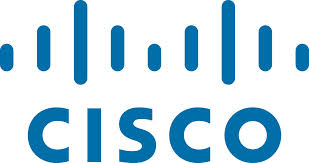
Microsoft Canada's Fall 2007 issue of Canadian Connections has just been published, and they've asked me back for another article. I thought I'd share it with you, both here and live on their site. Feel free to share your comments now if you like.
Telco 2.0 � Easier Said Than Done
by Jon Arnold
IP is the foundation of what we call �Telco 2.0� � the concept of integrating voice into other applications to enrich the end-user�s communication experience. The good news is that with IP, anyone can deliver Telco 2.0. The bad news is that with IP, anyone can deliver Telco 2.0. For service providers with existing subscriber bases, the key will be understanding what customers really value and finding ways to deliver. If not, they will quickly be reduced to connectivity providers, while the real money is made by the content providers delivering services on top of their networks.
Conversely, operators without subscriber bases can develop their own Telco 2.0 offerings and enter the market to challenge the incumbents. With broadband becoming readily available, there are endless opportunities for anyone with good technology to be creative and devise combinations of services that are just right for a given customer set. In this regard, successful Telco 2.0 providers will simply be those that can deliver services at a low cost per bit as well as generate a high price per bit from subscribers.
This seems like an easy formula for success, but in reality it is very difficult to achieve. On the technology level, the elements that go into Telco 2.0 are in varying states of market readiness. There are still issues around standards, interoperability, reliability, security and scalability. It remains to be seen if either software-based or Web-based offerings can match those that are hardware-based, especially for mass market scale.
These will become resolved in time, and once that happens, the challenges will be about costs and margins. The balance between low cost per bit (on the carrier�s side) and high price per bit (on the subscriber�s side) will be quite difficult to achieve. IP-based communications are so popular because they are inexpensive to provide, meaning that many services and applications are offered for free or a low price point. Unless operators want to subsidize their offerings with advertising, only the most creative and innovative providers will find the right balance between free and paid services. So far, this has been the exception, not the rule, and is a key reason why Telco 2.0 will be harder to do than it looks.
To summarize, Telco 2.0 holds undeniable promise for both service providers and subscribers. Service providers need it to transition from Telco 1.0, and subscribers need it to take full advantage of what the world of IP has to offer. In time, both sides will be happy, but the road ahead will not be easy, and we see this taking longer than either side expects. The wait will be worth it, however, and just when we get there, do not be surprised to hear that Telco 3.0 is on the horizon. IP will remain ever-evolving, and for operators to succeed with it, they must embrace change as constant.
Technorati tags: Microsoft Canada, Jon Arnold, J Arnold & Associates, Telco 2.0











No comments:
Post a Comment